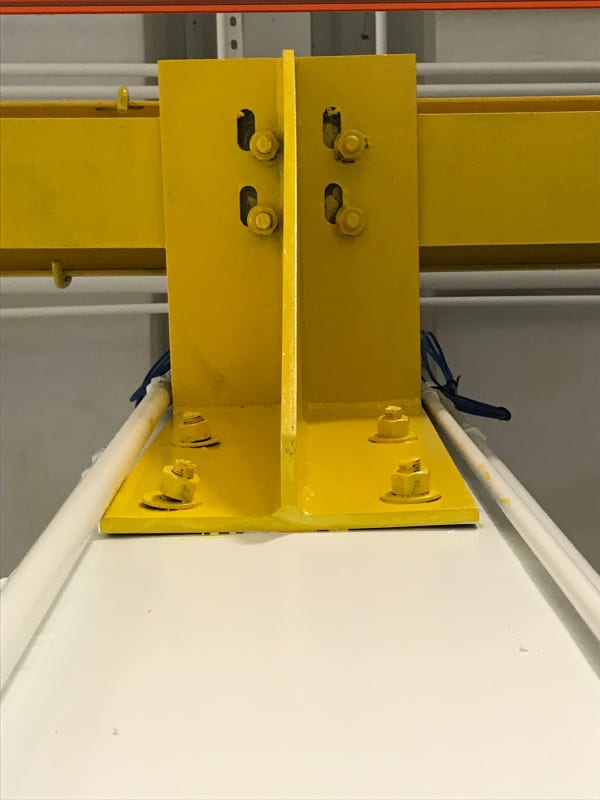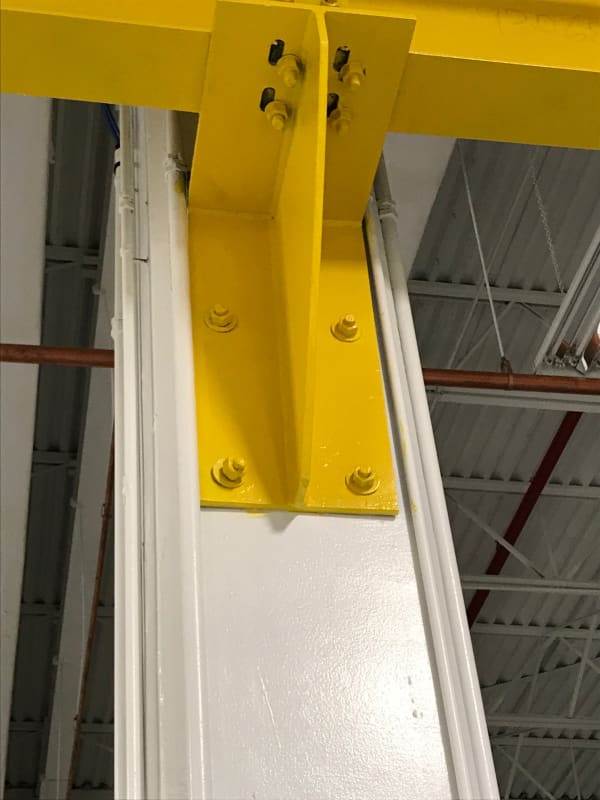ONT003
Civil/Environmental
- Feb 23, 2017
- 6
During weight test of a 1/4 ton bridge crane it was noted that one set of anchor bolts on one particular column were not installed straight and flush. The crane is anchored across 5 or so concrete columns, all other anchor bolts are installed correctly.
Should this be rectified before crane operation? Concerned with deformation over time. The shop is soon to be occupied and we don't have a structural engineer on board at the moment to evaluate. Please see photos. Thank you.
Should this be rectified before crane operation? Concerned with deformation over time. The shop is soon to be occupied and we don't have a structural engineer on board at the moment to evaluate. Please see photos. Thank you.



![[thumbsup2] [thumbsup2] [thumbsup2]](/data/assets/smilies/thumbsup2.gif) .
.